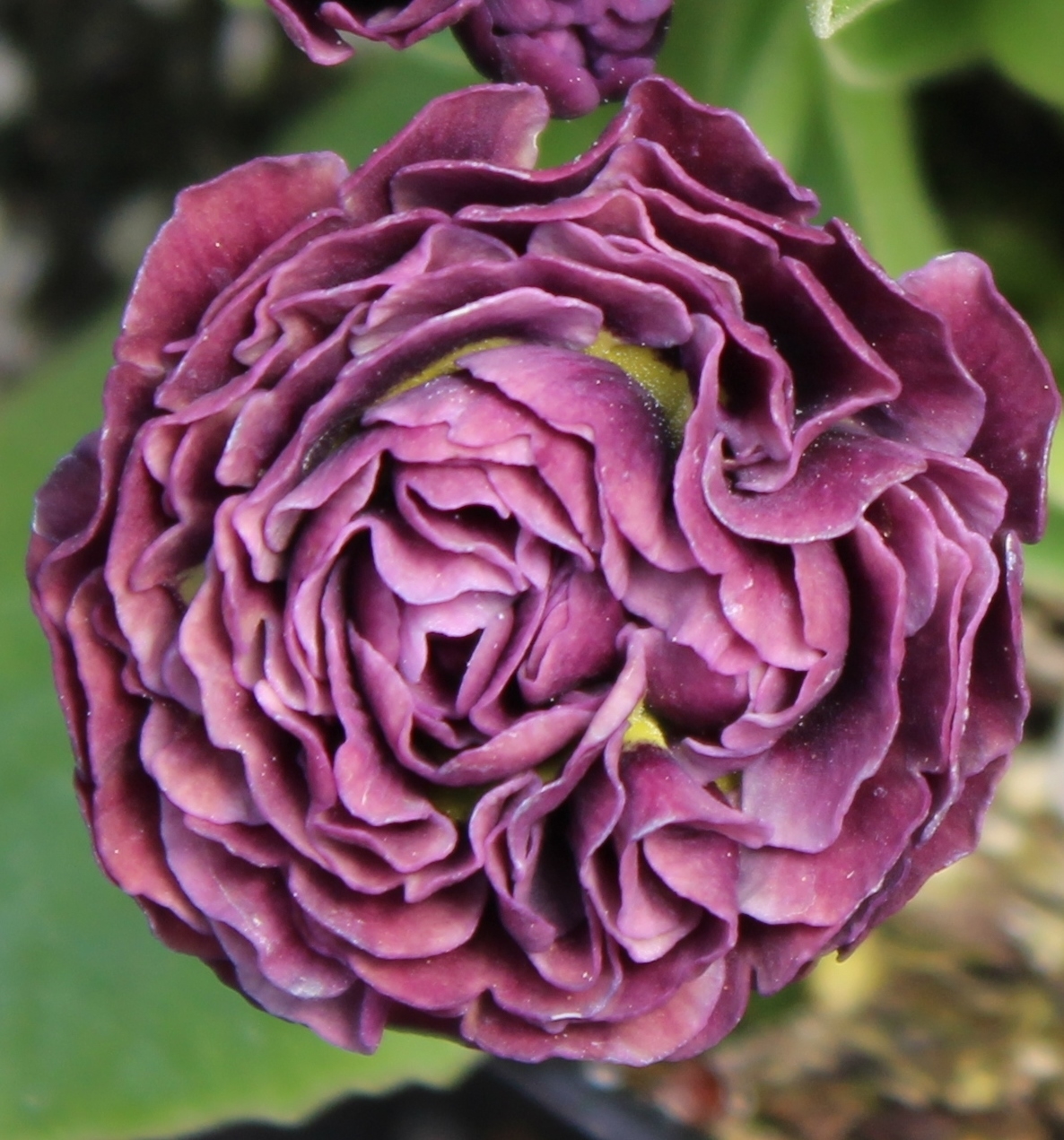
Species Index Vol 1 through Vol 34, issue No.Propagating Asiatic Primula by Leaf Cuttings.Traditional Show Standards for Gold Laced Polyanthus.Cultivation and Propagation: Primula vulgaris.The Organization of the American Primrose Society.Bringing Primula enthusiasts together since 1941.If you are looking for general flower growing articles, you can check out the Green Pinky

They do well in our drier Mediterranean Coastal area. They are charming and colourful, and can be found in a wide range of colours. If you can’t abide by all the rules for show auriculas, grow garden auriculas. Auricula fanatics have hybridized these plants for over 350 years, so of course they developed rules and standards. There are strict rules governing the form of the flowers. Show auriculas also include striped auriculas and fancies Selfs are show auriculas with centre paste and a single colour of petal.Water your plants carefully in autumn and winter, more freely in.

Borne on short stems, they are produced in mid to late spring. The plants look best in a rock garden grown in groups in the shade of rocks or shrubby rock plants’, but they also thrive in humus-rich, well-drained. Vigorous, Primula auricula Sirius is an evergreen, perennial, alpine auricula forming a rosette of light green leaves with clusters of crimson-mahogany shaded to cream flowers adorned with shimmering golden centers. We use John Innes Potting Compost No.2 with added perlite and leaf mould (multi-purpose compost can be used as a substitute for leaf mould). Alpine auriculas, Primula auricula, make distinctive cabbage-like clumps of foliage which, in spring, are topped by upright stems with domed heads of circular flowers in bold colours.
#Primula auricula care how to#
Generally like good drainage, so use lots of grit What is an auricula plant Read on to find out more about auriculas, their history, classifications and how to grow, care and propagate them. If they are happy, they will colonize by seedingĬan be quite tall – from one foot up to three feetĬlassics found in the Alps: P.hirsuta, P.marginata, the species P.auricula and its relatives Often grow in spring run-off in the mountains, so they like lots of water in the spring This increases the chances ofĮxotic pests arriving with imported goods and travellers, as well as by natural means.For convenience the thirty Sections can be grouped into four general types: Other material traded from an increasing variety of sources. There is increasing movement of plants and Our plants are under greater threat than ever before. To be kept under consideration in light of a review of the EU listing. Pest of mainly ornamentals and vegetables present in the UK and covered by the EU listing of Tomato Spotted Wilt Virus. Present (Widespread) Likelihood to spread in UK (1 is very low - 5 is very high)Ģ Impact (1 is very low - 5 is very high) Industry may wish to monitor for the presence of the pest and the Dutch industry certification scheme is of added benefit to the UK. Pest risk analysis suggested potential economic impacts would be small and management by industry would be appropriate. It is hardy to UK zone 3 and is not frost. Unknown Likelihood to spread to UK (1 is very low - 5 is very high)ĥ Impact (1 is very low - 5 is very high) Primula auricula is a PERENNIAL growing to 0.2 m (0ft 8in) by 0.2 m (0ft 8in).

Primula auricula Viennese Waltz Mix (Auricula Viennese Waltz Mix) Common pest name Zone 7, Zone 6, Zone 5, Zone 4 Defra's Risk register #1 Plant name
#Primula auricula care update#
Moist but well-drained, Moisture-retentive Soil pHĮxposed, Sheltered UK hardiness Note: We are working to update our ratings. Alternatively, grow in an alpine house in equal mix loam, leaf mould, & grit. Plant in moderately fertile, humus-rich, moist but well-drained soil in sun or partial shade. Gravel, Garden edging, Cottage/Informal, Containers, City, Beds and borders, Rock, Underplanting Cultivation

Primula auricula Viennese Waltz Mix (Auricula Viennese Waltz Mix) will reach a height of 0.3m and a spread


 0 kommentar(er)
0 kommentar(er)
